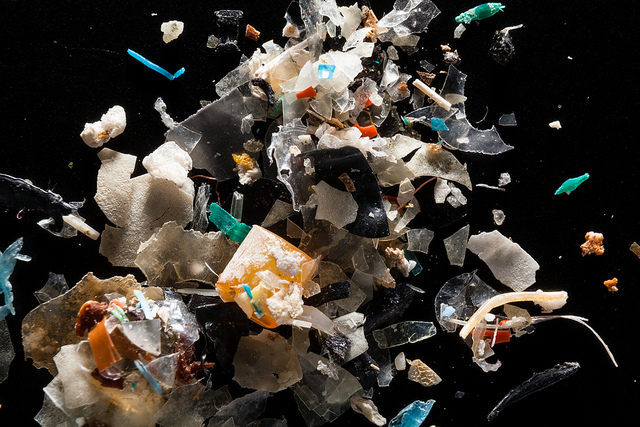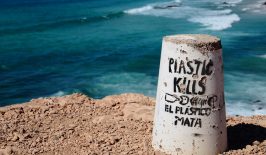Since plastic was invented back in the 1950s, humans have produced around 8.3 billion tons of the stuff. Huge numbers like that are hard to get your head around. It’s the same amount as 822,000 Eiffel towers (weighing 10,100 tons each) or 80 million blue whales (104.5 tons each).
We’re all aware that our oceans are dangerously full of plastic waste. Huge areas of it have turned into so-called “plastic islands”, patches of sludgy toxic mess that are as wide as several countries put together – and constantly growing. On land the situation’s not much better. Our soils and fresh water sources are full of plastic pieces and recent research has even shown that plastic particles are even in our tap water and the air that we breathe.
What are these miniscule plastic particles? Where do they come from and what do they mean for humans and the environment? Our latest Knowledge article: “Microplastic: Tiny, Toxic and All Around Us” takes a closer look.
But while all that sounds deeply depressing, there is of course another side to every story. Every one of us can do something to help improve the issue of plastic pollution – whether it’s reducing our personal plastic use or putting pressure on lawmakers and companies to go plastic-free: 7 Quick and Easy Ways to Reduce Your Plastic Consumption.




